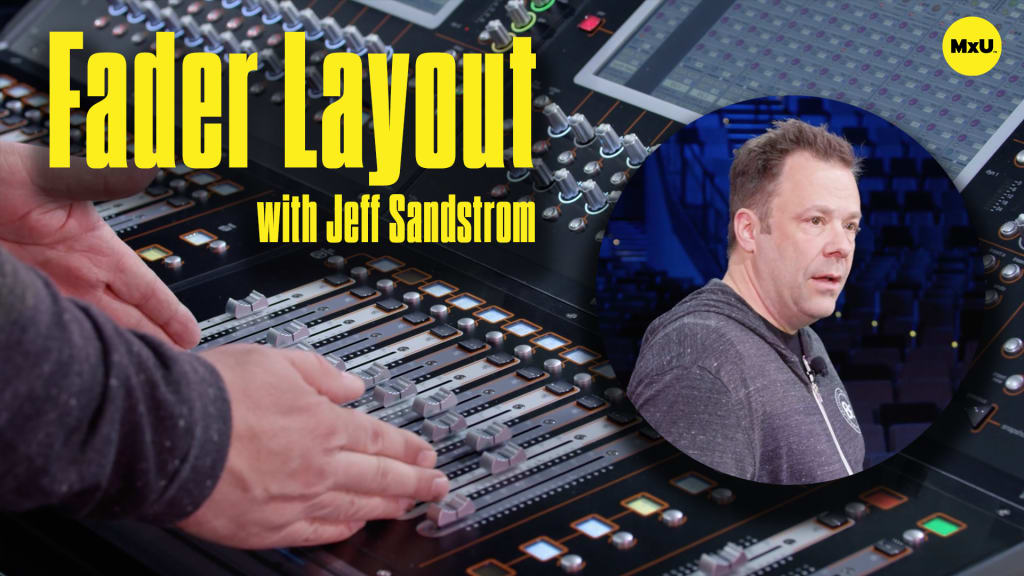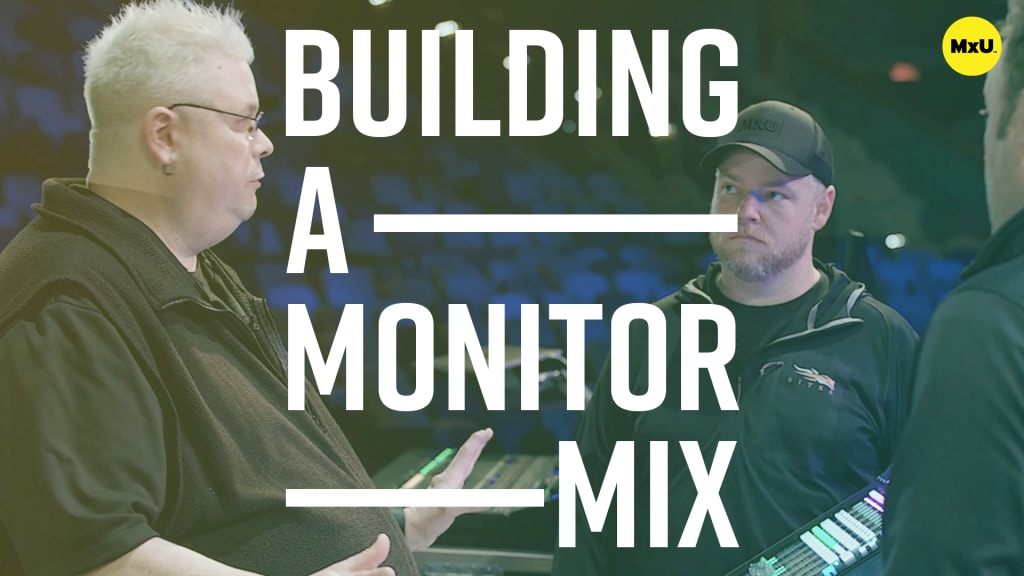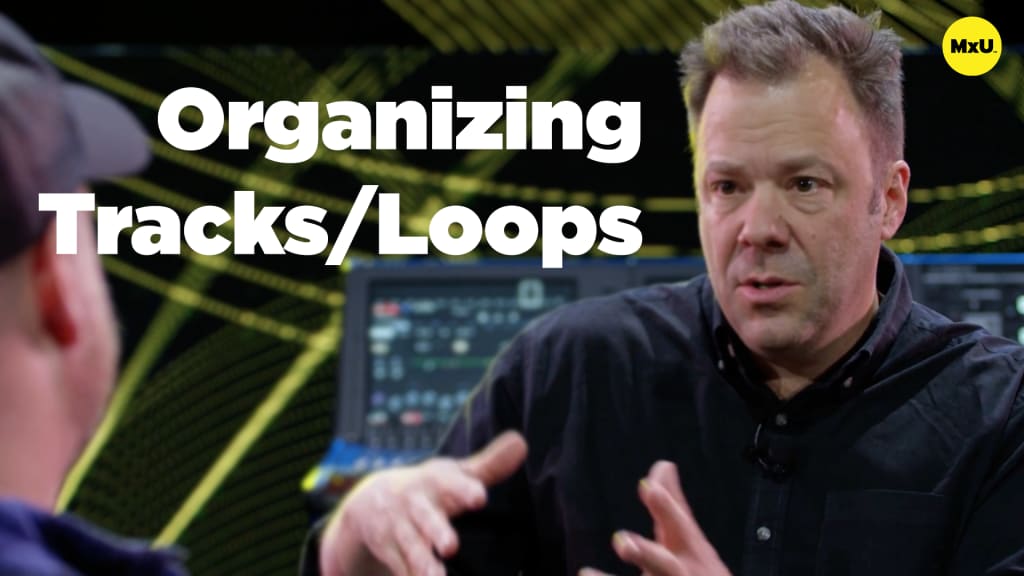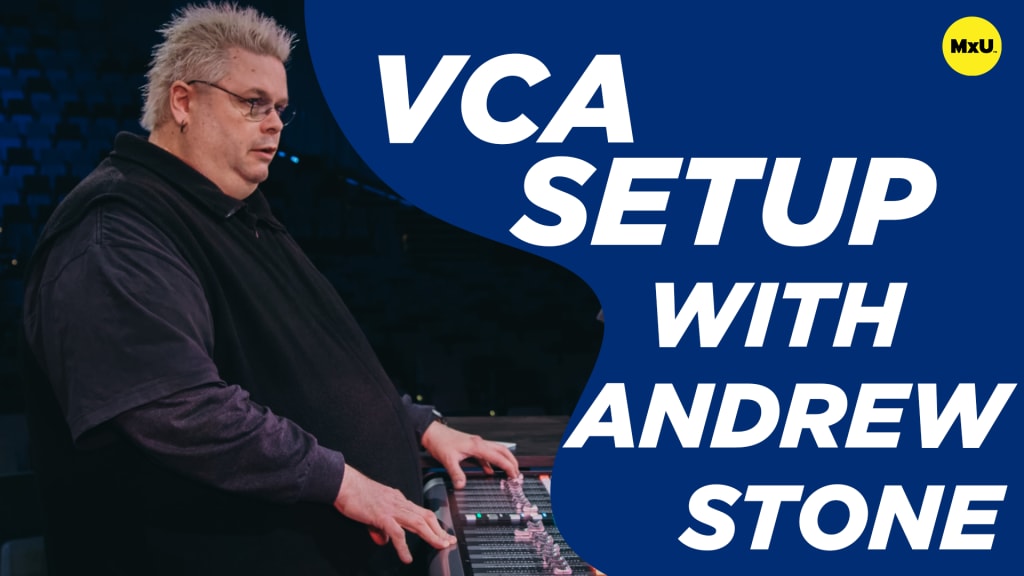VCA/DCA Overview with Jeff Sandstrom
No actions available
Explore the functionalities of VCA’s and DCA’s. They serve a powerful role as tools for controlling groups of faders. They also manage signal flow with precision. Dive into understanding the basics of VCA’s and DCA’s in live sound environments.
Key Points:
- VCA's (Voltage Controlled Amplifiers) are remote controls for groups of faders. DCA's (Digitally Controlled Amplifiers) also serve the same purpose. Audio engineers can adjust levels and mute signals collectively.
- Assigning inputs, outputs, or groups to VCA's or DCA's enables seamless control over multiple faders simultaneously. It streamlines mixing workflows and enhances efficiency.
- VCA's and DCA's offer practical advantages for audio engineers with limited fader access. They provide a convenient way to manage complex mixes. No need for extensive banking or manual adjustments.
- Using VCA's and DCA's simplifies cue management. Engineers can fade in/out signals smoothly and adjust levels dynamically during performances. They don't have to rely solely on mute functions.
- Implementing VCAs for overall mix adjustments enhances flexibility. It facilitates smoother transitions between songs or audio segments. Alternatively, using DCA's for specific instrument groups achieves the same goals.
- Customizing DCA configurations based on specific mixing requirements optimizes workflow efficiency. It also ensures precise control over individual instrument groups or effects.
- Incorporating "all minus" DCAs provides a convenient way to isolate specific instrument groups. It maintains essential elements for seamless transitions and minimizes audio artifacts.
Topics
Categories
Audio
301
Premium Videos
Nothing added









